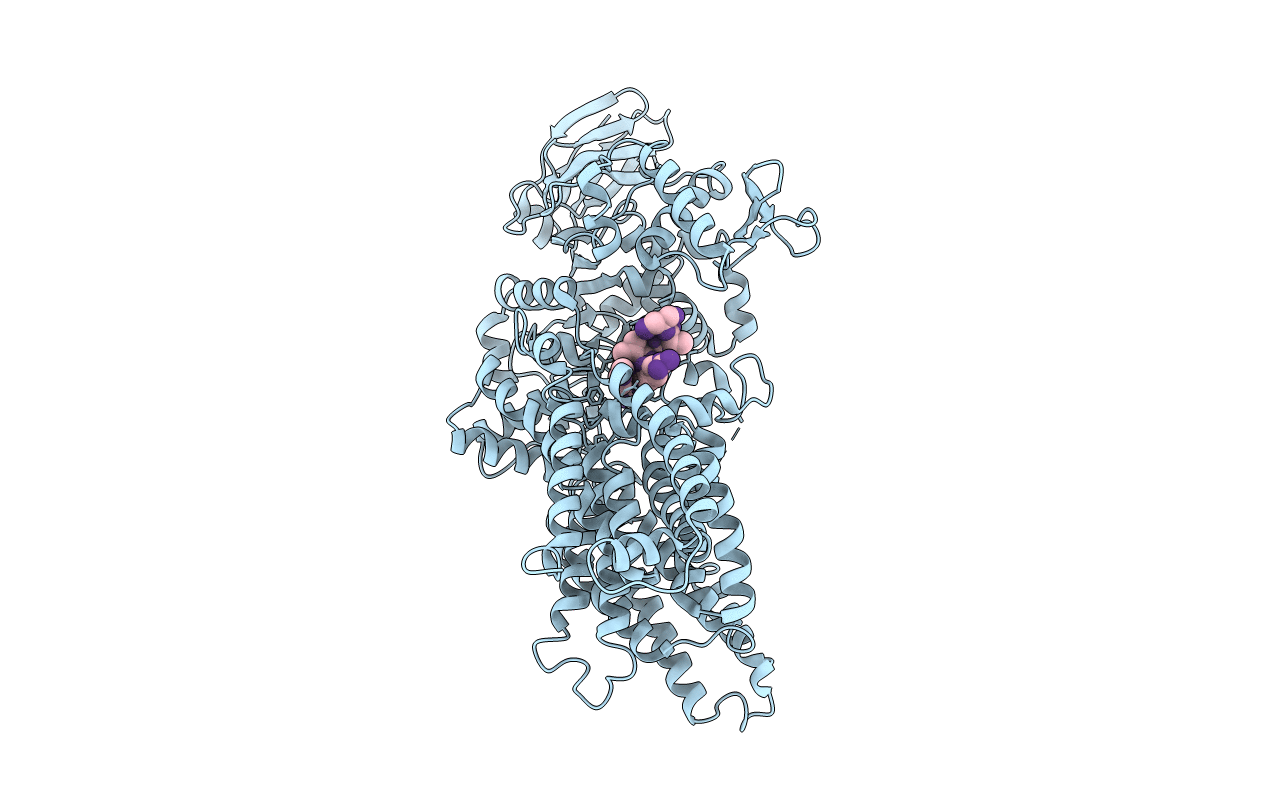
Deposition Date
2016-07-18
Release Date
2017-02-01
Last Version Date
2023-11-08
Entry Detail
PDB ID:
5GMY
Keywords:
Title:
Crystal structure of the Archaeoglobus fulgidus oligosaccharyltransferase (O29867_ARCFU) tethered with an acceptor peptide containing the NVT sequon via a disulfide bond
Biological Source:
Source Organism:
Archaeoglobus fulgidus DSM 4304 (Taxon ID: 224325)
synthetic construct (Taxon ID: 32630)
synthetic construct (Taxon ID: 32630)
Host Organism:
Method Details:
Experimental Method:
Resolution:
3.50 Å
R-Value Free:
0.27
R-Value Work:
0.22
R-Value Observed:
0.22
Space Group:
P 43 21 2


